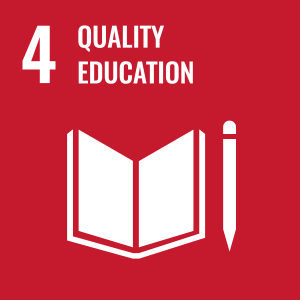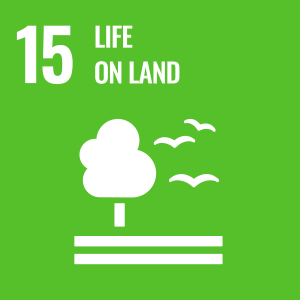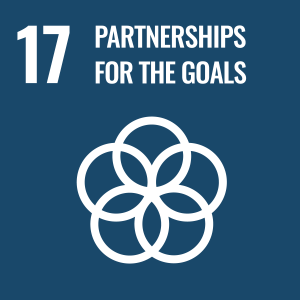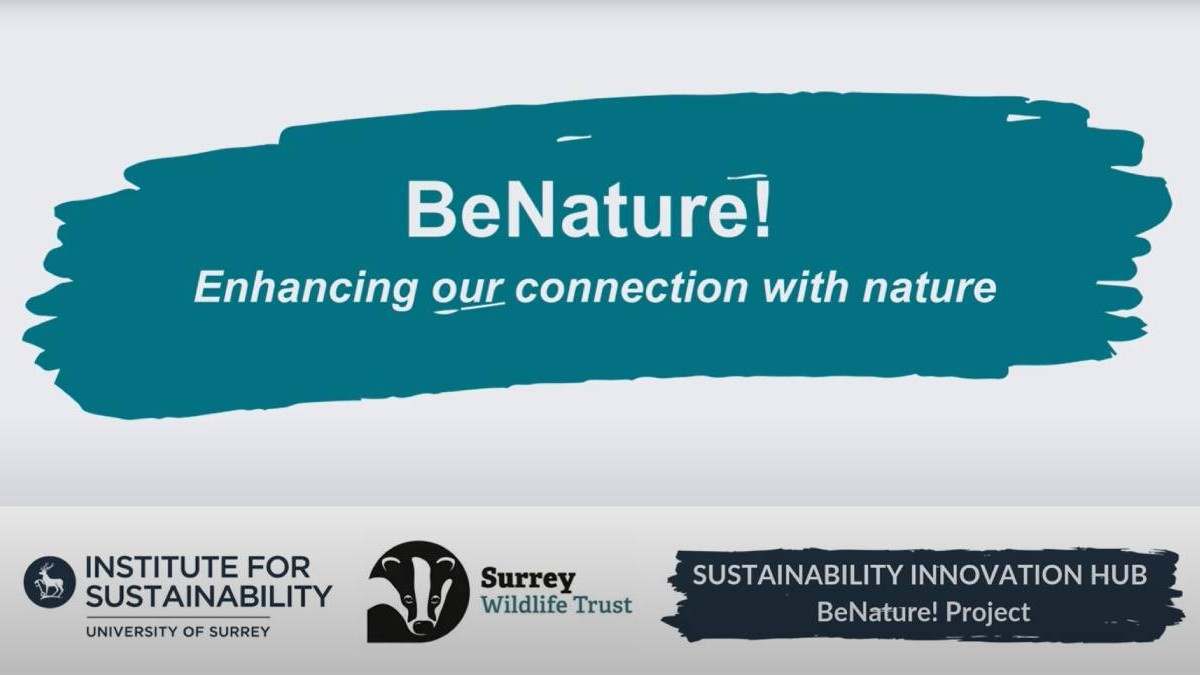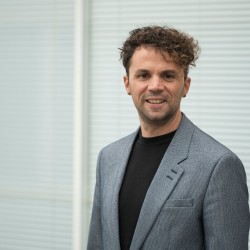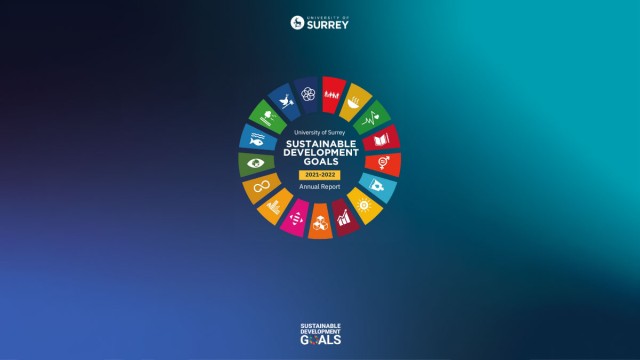BeNature! A guide to growing relationships with nature
Led by Dr Matteo Giusti, the ‘BeNature’ project is a collaboration between the Institute and Surrey Wildlife Trust, to guide researchers, teachers, nature leaders, and parents in growing a sustainable relationship with nature. This project aligns with the UN Sustainable Development Goals (UN SDGs) including SDG3, SDG4, SDG11, SDG15, and SDG17.
Hub Case Study Video Be Nature

Led by Dr Matteo Giusti, the ‘BeNature’ project is a collaboration between the Institute of Sustainability and Surrey Wildlife Trust to guide researchers, teachers, nature leaders, and parents in growing a sustainable relationship with nature. It integrates scientific knowledge, practical insights, and indigenous wisdom and offers readers a progression of milestones to achieve and a series of activities to get inspired.
Surrey Wildlife Trust manages a widespread area of land across Surrey County, including top nature reserves and land belonging to other individuals and organisations. The Trust works hard to prevent the decline of wildlife by running education and conservation projects and creating networks of nature and people. The BeNature project is in line with the goal of Surrey Wildlife Trust as the purpose of the guide is to foster people’s relationships with nature that could grow into efforts toward nature conservation and biodiversity restoration.
The challenge
The project aims to address one main challenge in promoting sustainable living which is the systemic disconnection from nature embedded in Western development. The modern way of living regards nature as a source of materials and resources to extract. It also disregards that a resilient and healthy web of life is what ensures our physical and psychological well-being, and what provides us with everyday services. Such disconnection between humans and nature has led to a form of development that is unsustainable in the long run. To create a sustainable society that would prosper, our relationship with nature must change. Our shared idea of development must pass from being anthropocentric (human-centred) to being ecocentric (nature-centred).
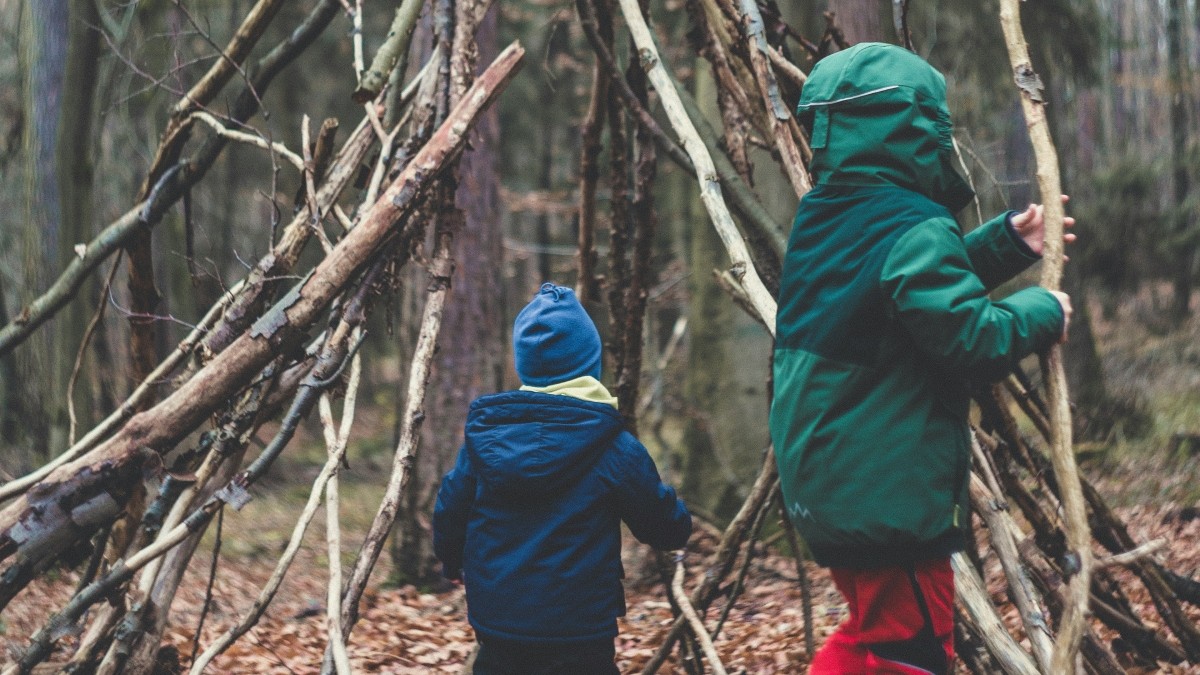
The aim
The guide is the outcome of transdisciplinary work blending academic insights and professional know-how, and it allows people to explore and enrich their connection with nature or create nature-based activities that can meaningfully re-connect people with nature. It offers a step-by-step approach to making the journey of connecting with nature more accessible and practical. For each step, it encourages suitable nature activities and gives the tools needed to evaluate the impact that these nature activities had on people’s relationship with nature, personal development, and well-being. The process is broken down into phases, each marked by important milestones. These phases are designed to gradually build the user’s connection with the natural world, ensuring that each step is manageable and meaningful. Also, every milestone includes easy nature activities designed to help the user appreciate and connect with local wildlife. Finally, with the toolkit provided at the end of the guide, users can monitor and validate their experiences in nature and track the state of their nature connection and overall well-being.
This guide aims to make the journey of connecting with nature not just a solitary pursuit, but a communal effort. As the target audiences for this guide span across parents, teachers, and nature leaders, the impact is far-reaching across different sectors. The guide providesa holistic approach to nature-based activities. It stands out from other resources based on nature-based activities by offering a progression of activities and milestones to follow, enriching a connection with nature for all audiences. Rather than having a satellite of suggestions, the guide is structured on the foundations of a pedagogical approach to allow everybody of any age, at any stage of their connection with nature to use it.
The guide will mark the beginning of future work and will be available online. This will allow people to bring their own expertise and insights on how to connect and improve their connection with nature. Other organisations will be brought on board to expand the project in the future.
The impossibility of experiencing nature ultimately leads to a disconnection with nature. Some nature experiences promote a connection with nature more than others. Some are more meaningful when we are already comfortable in nature and interested in its wonders. Others are meaningful when we need to move out of our unsustainable daily comforts and learn to value the web of life that keeps us alive. This is a crucial distinction we try to create in the guide.Dr Matteo Giusti, Co-lead of the Cultural shifts for sustainable systems programme at the Institute for Sustainability
Download the BeNature! guide
BeNature! a guide to growing relationships with nature
Approach from the Institute for Sustainability
The Institute for Sustainability facilitates collaborations between scientific experts and organisations. The Institute’s Sustainability Innovation Hub provides expert voices from the Fellows to nurture ideas, encourages collaboration, and supports organisations in the adoption of sustainable practices, products, or services.
This collaboration is a unique blend of academic insights and professional expertise. Dr Matteo Giusti specialises in understanding personal, spatial, and cultural factors underpinning sustainable relationships with nature. His research includes understanding how blue and green infrastructure affect human-nature relationships, and how people’s relationship with nature drives sustainable transformation. His work on sustainable human-nature relationships forms the foundation of this guide and toolkit.
Louise Shorthose and Kirsty Porter, with over 35 years of expertise in developing nature-based activities, work for the Surrey Wildlife Trust. Kirsty is also a teacher at a local primary school and has over 20 years of experience in the education setting. Together, they have contributed insights, stories, activities, and the wisdom developed over a lifetime on how to promote a connection with nature in practice.
This project aligns with the UN Sustainable Development Goals (UN SDGs) including SDG3 (good health and well-being), SDG4 (quality education), SDG11 (sustainable cities and communities), SDG15 (life on land) and SDG17 (partnerships for the goals).
This guide aligns with SDG3 (good health and well-being) as it promotes nature experiences and nature-based activities that are known to benefit physical and psychological health.
It also aligns with SDG4 (quality education), as the guide is designed with the pedagogical method in mind, to be able to incorporate the content into the existing curriculum.
By providing activities that enable social interactions with values focused on protecting nature, the guide helps to develop sustainable communities that are capable of caring for the environment, in line with SDG11 (sustainable cities and communities).
Also, many forms of nature-based interactions within the guide align with SDG15 (life on land), as it aims to promote connection with the natural environment and the wildlife around us.
Finally, the guide aligns with SDG17 (partnerships for the goals) as it is a product of collaboration between two different organisations with a shared objective. It is a combination of the scientific expertise of academics with the experiences and wisdom of practitioners.
Read the latest on the University of Surrey’s UN Sustainable Development Goals report.
Contributors
- Dr Matteo Giusti, Future Fellow in Sustainability Science and Co-lead of the Cultural shifts for sustainable systems programme, Institute for Sustainability, University of Surrey
- Nathalie Hinds, Director of Operations, Innovation and Partnerships, Institute for Sustainability, University of Surrey
- Catherine Cole, Innovation Lead, Sustainability Innovation Hub, Institute for Sustainability, University of Surrey
- Haeyoung Eun, Innovation Lead, Sustainability Innovation Hub, Institute for Sustainability, University of Surrey
- Louise Shorthose, Outdoor Learning Manager, Surrey Wildlife Trust
- Kirsty Porter, Outdoor Education Training, Research and Advocacy, Surrey Wildlife Trust
- Aimee Clarke, Director of Engagement, Surrey Wildlife Trust
- Cultural shifts for sustainable systems programme, Institute for Sustainability.
Related sustainable development goals

